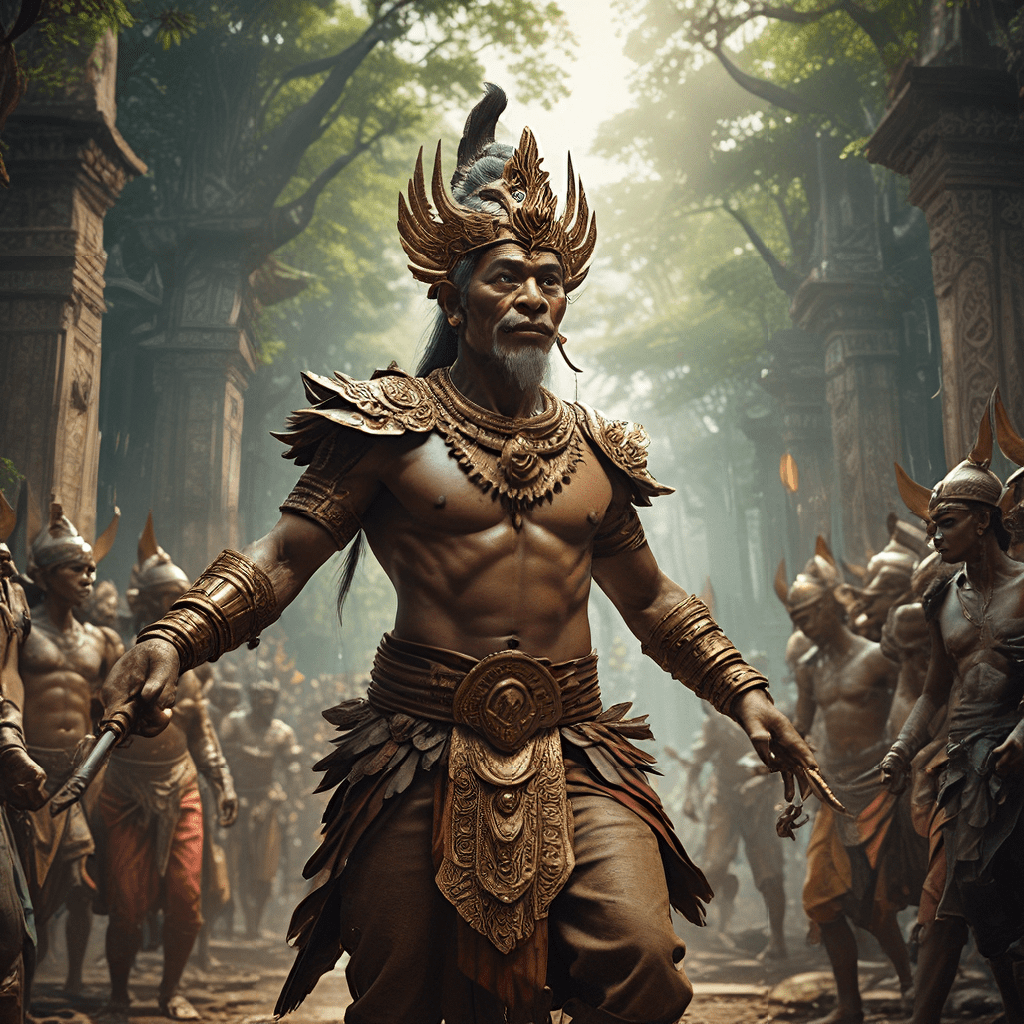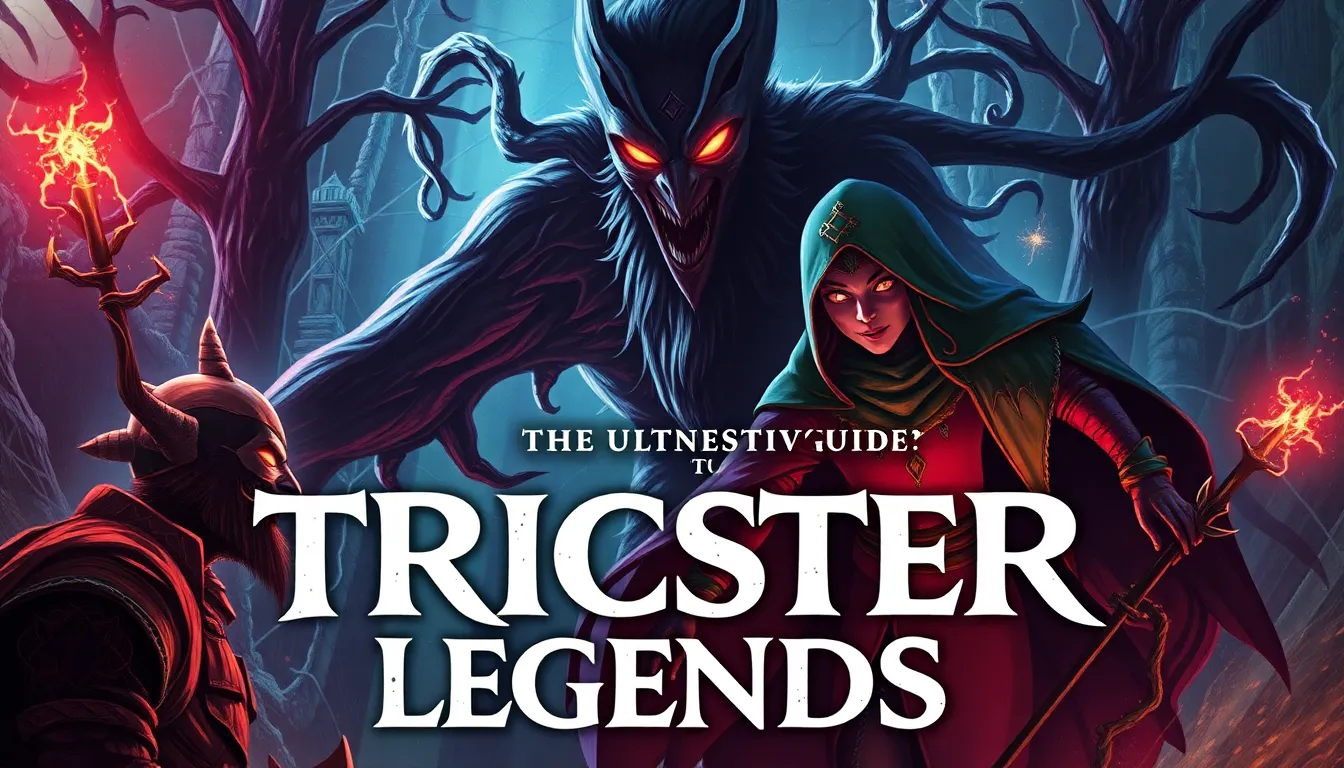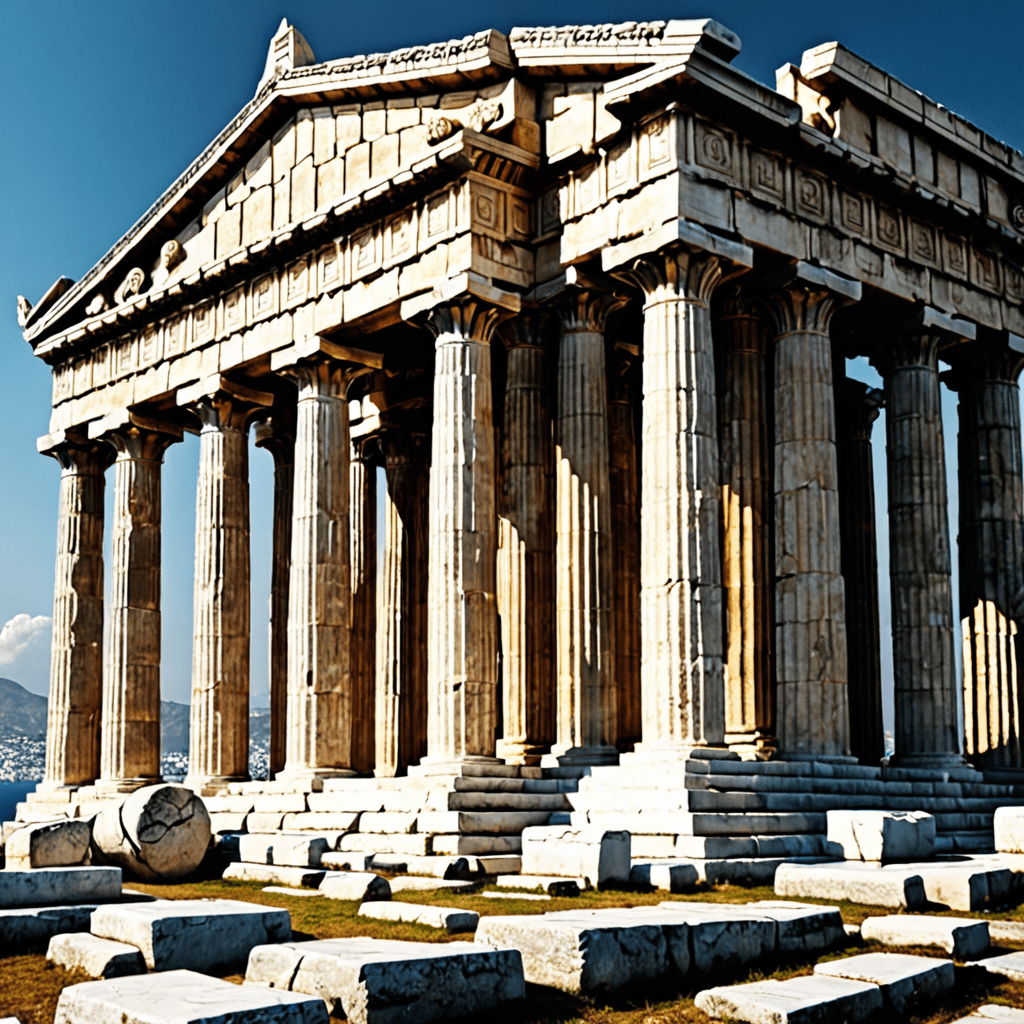Indonesian Mythology: Stories of Betrayal and Redemption
Indonesia, a nation of thousands of islands, boasts a rich tapestry of mythology, filled with vibrant stories, captivating characters, and enduring themes. From the majestic mountains to the deepest oceans, Indonesian mythology reflects the beliefs and values of its people, offering a window into their understanding of the world and their place within it.
The Rich Tapestry of Indonesian Mythology
Indonesian mythology is a treasure trove of diverse stories, reflecting the cultural and geographical diversity of the archipelago. It encompasses a vast array of deities, spirits, and mythical creatures, each with their own unique roles and powers. The stories often intertwine with nature, reflecting the deep connection Indonesians have with their environment.
Gods, Demons, and Spirits: The Panoply of Indonesian Mythology
Indonesian mythology is populated by a diverse cast of characters, including gods, demons, and spirits. The supreme god, Sang Hyang Widhi Wasa, is revered as the creator of the universe, while lesser deities like Batara Guru and Dewi Sri embody specific aspects of nature and human life. On the other hand, demons like Buto Ijo and Leak are often depicted as malevolent beings who cause harm and mayhem. Spirits, known as "wewe" and "kuntilanak," are believed to inhabit the natural world and can influence the lives of humans.
Betrayal as a Recurring Theme
Betrayal is a recurring theme in Indonesian mythology, often serving as a catalyst for conflict and tragedy. The stories explore the consequences of broken trust, the pain of betrayal, and the struggles for forgiveness and redemption.
The Tragedy of Roro Jonggrang: A Tale of Betrayal and Punishment
The story of Roro Jonggrang is a classic example of betrayal and punishment in Indonesian mythology. It centers around the rivalry between Bandung Bondowoso, a powerful sorcerer, and Roro Jonggrang, a beautiful princess. Bandung Bondowoso falls in love with Roro Jonggrang and asks for her hand in marriage. But Roro Jonggrang refuses and devises a plan to get rid of him. She challenges him to build one thousand temples in a single night, knowing it's an impossible task. Bandung Bondowoso accepts the challenge and, with the help of spirits, manages to build nearly one thousand temples before dawn. To prevent him from completing the task, Roro Jonggrang tricks him by making a rooster crow prematurely, signaling the end of the night. Enraged by Roro Jonggrang's betrayal, Bandung Bondowoso curses her, transforming her into a stone statue. The story serves as a cautionary tale about the consequences of betrayal and the importance of keeping promises.
The Concept of Redemption in Indonesian Mythology
While betrayal is a prevalent theme, Indonesian mythology also explores the possibility of redemption. Forgiveness and second chances are central to many stories, highlighting the resilience of the human spirit and the power of transformation.
The Power of Forgiveness and Second Chances
Indonesian mythology recognizes that even those who have committed grave wrongs can find a path to redemption. Stories often depict characters who, through acts of self-reflection, sincere remorse, and meaningful deeds, atone for their past mistakes. This emphasis on redemption underscores the belief that individuals have the capacity to change and that their actions can ultimately impact their destiny.
For example, in the story of "Sangkuriang," a young man who unknowingly kills his own mother, is cursed by his father to forever search for her. This tale explores the devastating impact of betrayal and the possibility of redemption through a long and arduous journey of penance.
The Role of Rituals and Offerings in Seeking Redemption
Redemption in Indonesian mythology is often intertwined with rituals and offerings. These practices demonstrate a sincere desire for forgiveness and a willingness to appease the spirits or deities who have been wronged. Offerings, often consisting of food, flowers, or incense, are presented as a way of showing respect, acknowledging the wrongdoings, and seeking reconciliation.
Rituals such as "sedekah bumi" (earth offering) or "upacara ruwatan" (cleansing ceremony) are performed to appease spirits, seek forgiveness, and ward off bad luck. These rituals serve as a reminder that the path to redemption often involves seeking guidance from the spiritual realm and demonstrating a commitment to making amends.
Interpretations and Theories
Indonesian mythology is a rich tapestry of stories that has evolved over centuries, influenced by various cultural and historical factors. Understanding the deeper meanings and interpretations behind these stories requires examining their socio-cultural contexts and the influence of other belief systems.
The Influence of Hinduism and Buddhism on Indonesian Mythology
Indonesian mythology has been profoundly influenced by Hinduism and Buddhism, which arrived in the archipelago centuries ago. This influence is evident in the pantheon of gods and goddesses, the epic stories, and the philosophical concepts that underpin many myths.
The Ramayana and Mahabharata, two of the most important Hindu epics, have been adapted and incorporated into Indonesian mythology, contributing to its rich narrative tradition. Buddhist teachings on karma, reincarnation, and the pursuit of enlightenment have also shaped the understanding of human nature and the meaning of life in Indonesian mythology.
Socio-Cultural Contexts and the Meaning of Betrayal and Redemption
The themes of betrayal and redemption in Indonesian mythology are deeply rooted in the social and cultural contexts of the archipelago. The stories often reflect the importance of community, kinship, and the values of honor and respect. Betrayals, therefore, are often seen as violations of social norms and can have devastating consequences for individuals and communities.
The concept of redemption, however, offers a pathway for healing and reconciliation. It underscores the belief in the power of forgiveness and the possibility of restoring harmony within individuals and society.
Mythology as a Reflection of Human Values and Morality
Indonesian mythology, with its focus on betrayal, redemption, and the interplay between human actions and consequences, offers a window into the values and moral beliefs of the Indonesian people. It serves as a powerful tool for transmitting cultural knowledge, reinforcing social norms, and reminding individuals of the importance of right conduct.
Through the stories, Indonesians have developed a deep understanding of human nature, the consequences of our choices, and the importance of seeking forgiveness and redemption.
FAQ
Q: What is the difference between Indonesian mythology and folklore?
A: Indonesian mythology encompasses tales about gods, goddesses, and mythical creatures, often explaining the origins of the world, natural phenomena, and human behavior. Folklore, on the other hand, focuses on stories and traditions passed down through generations, often relating to everyday life, customs, and beliefs.
Q: How can I learn more about Indonesian mythology?
A: There are many resources available for exploring Indonesian mythology, including books, articles, documentaries, and online resources. You can also visit museums and cultural centers in Indonesia to learn about the rich history and traditions of the archipelago.
Q: What is the significance of mythology in Indonesian culture?
A: Indonesian mythology plays a vital role in the culture, offering a sense of identity, understanding, and continuity. It provides a framework for interpreting the world, understanding human nature, and navigating life's challenges.


